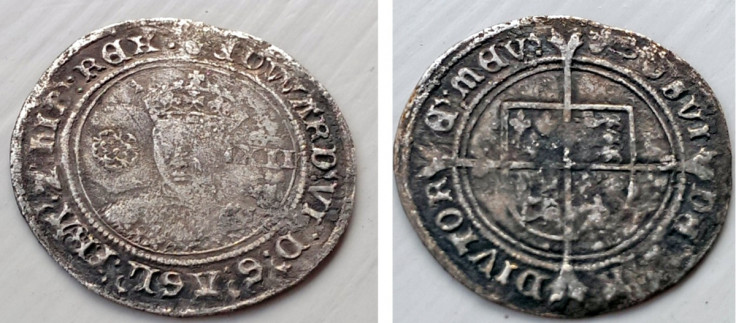Lost 16th Century Tudor Shilling Could Mean the British Discovered Canada


The discovery of a rare 435-year-old Edward VI silver shilling buried in clay on the shores of Vancouver Island has rekindled the theory that Elizabethan explorer Sir Francis Drake landed in Canada two centuries before it was officially discovered by the Spanish.
Spanish sailors were the first Europeans to set foot in British Columbia in 1774, according to the history books, followed by British Royal Navy Captain James Cook in 1778.
According to Canada's Metro News, the shilling was discovered in December 2013 by retiree Bruce Campbell, an amateur treasure hunter wielding a hand-held metal detector. Campbell has also found a rare 1891 Canadian nickel, a 1960s dime and penny from 1900 along the same coastline.
Queen Elizabeth I asked Drake to cover up the fact that he had landed in what is now known as British Columbia in order to avoid a conflict with Spain
"I was astonished. Only ten of these shillings have been found in England, so to find one on the West Coast is kind of a big deal," said Campbell.
The coin, valued at between CAD$500- $1,000 (£270-£540), was produced between 1551-1553, and according to conspiracy theorists and some historians, could well be proof that Drake reached Canada's Pacific Coast during an expedition to California in 1579.
Drake was an Elizabethan privateer, slaver and politician who lived between 1540 -1596.
His legendary exploits exploring the world earned him a knighthood from Elizabeth I in 1581. The Spanish, however, considered him to be a pirate who frequently captured their treasure ships and raided their territory in South America. Spain's King Philip II is believed to have put a price of 20,000 ducats on his head.
A replica of his flagship, which was renamed the Golden Hind, now resides in London Bridge to commemorate his voyages to South America.
Covering up his discovery
According to author Samuel Bawlf, who wrote a book entitled "The Secret Voyage of Sir Francis Drake 1577-1580" in 2003, Queen Elizabeth I asked Drake to cover up the fact that he had landed in what is now known as British Columbia in order to avoid a conflict with Spain over the new territory.
Bawlf states in the book that two other coins have been discovered in Canada that prove his theory to be correct – namely a sixpence coin from 1571 found in the back garden of a home in Oak Bay, Victoria in 1930, and another Tudor-era coin found on Quadra Island 20 years ago.
"Those items had to get here somehow and it stands to reason that if Drake explored and claimed the B.C. [British Columbia] coast for Queen Elizabeth, he would have given out coins to the natives he met as proof he had been here," Bawlf said.
© Copyright IBTimes 2025. All rights reserved.






















